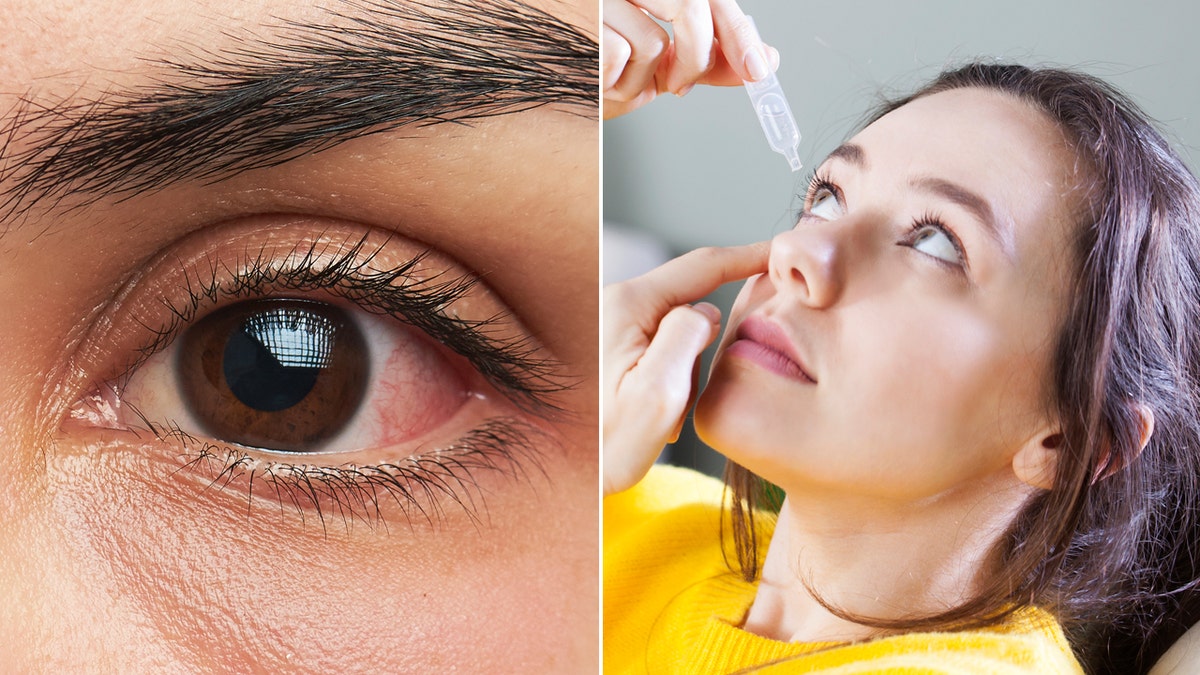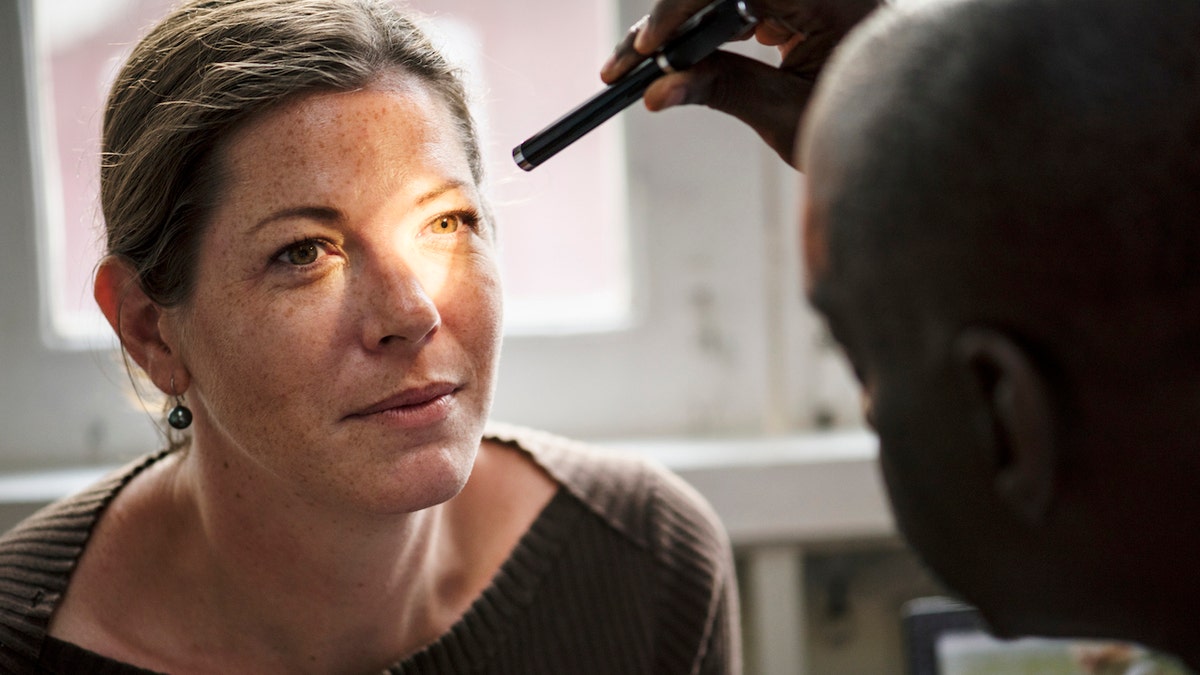Pink eye, or conjunctivitis, is a common eye infection affecting millions annually. It's characterized by redness, itchiness, and discharge, making it a nuisance for sufferers. Dr. James Kelly, M.D., of the Kelly Vision Center in New York City, offers valuable insights into recognizing, treating, and preventing this bothersome ailment.
There are three primary types of pink eye: viral, allergic, and bacterial. Adenovirus is the most frequent culprit, though bacteria and fungi can also be responsible. Additionally, allergens like mold and pollen can trigger the infection. Less common causes include foreign objects, irritants, autoimmune issues, or blocked tear ducts.

Children and teenagers are particularly susceptible, especially during summer months when they're in close contact at camps, daycare, or swimming pools.
Recognizing the Symptoms
Common symptoms include redness, swelling, tearing, discharge, crusting, and a burning sensation. Some individuals might experience blurry vision, light sensitivity, and itching. While most cases clear up within a few days to three weeks without lasting effects, untreated pink eye can sometimes lead to permanent scar tissue. Therefore, seeking medical attention is recommended.
Treatment Options
Medicated eye drops, such as artificial tears and antibiotics, are the typical treatment. Steroid eye drops may be prescribed depending on the specific symptoms. Bacterial pink eye is addressed with antibiotic drops, pills, or creams. Viral pink eye doesn't respond to antibiotics, while allergy-induced pink eye can be managed with over-the-counter or prescription eye drops. A healthcare professional can accurately diagnose the type of conjunctivitis and recommend appropriate treatment.

Preventing the Spread
Pink eye is highly contagious, making good hygiene crucial for prevention. Bacterial conjunctivitis is transmissible from the onset of symptoms until roughly two days after starting antibiotics. Viral pink eye can spread throughout the symptomatic period and even before symptoms appear. Allergic pink eye is not contagious. Avoid sharing personal items like towels, pillowcases, and makeup. Viruses and bacteria can survive on surfaces for extended periods, so limit contact with others while infected. Frequent handwashing, particularly after applying eye drops or ointment, is essential. Individuals with weakened immune systems or who wear contact lenses are more vulnerable.









